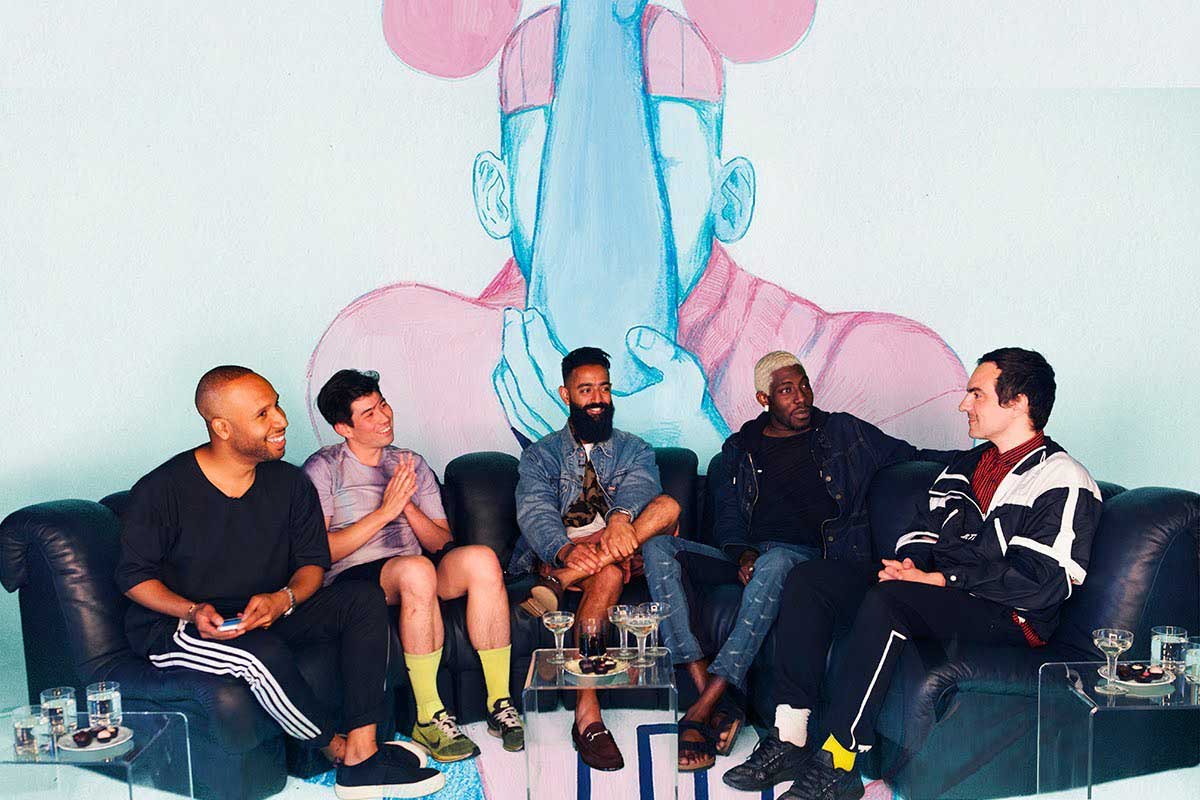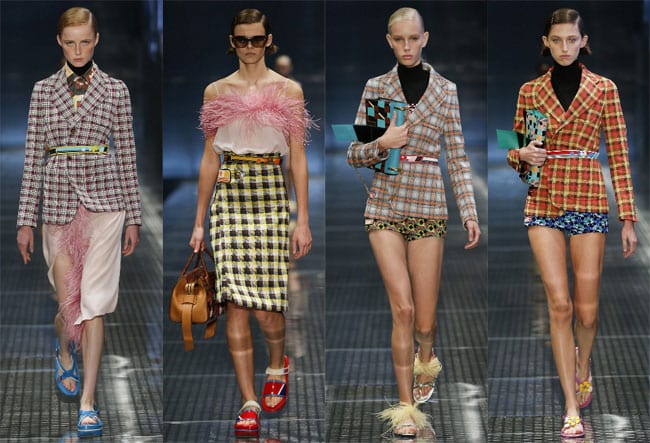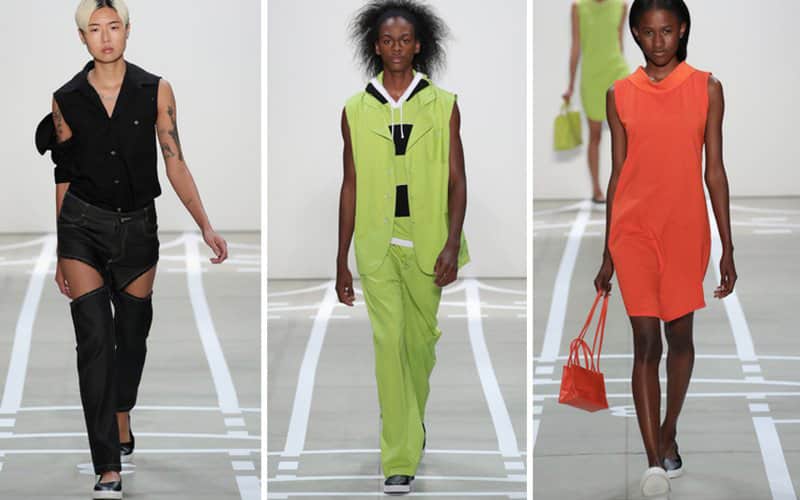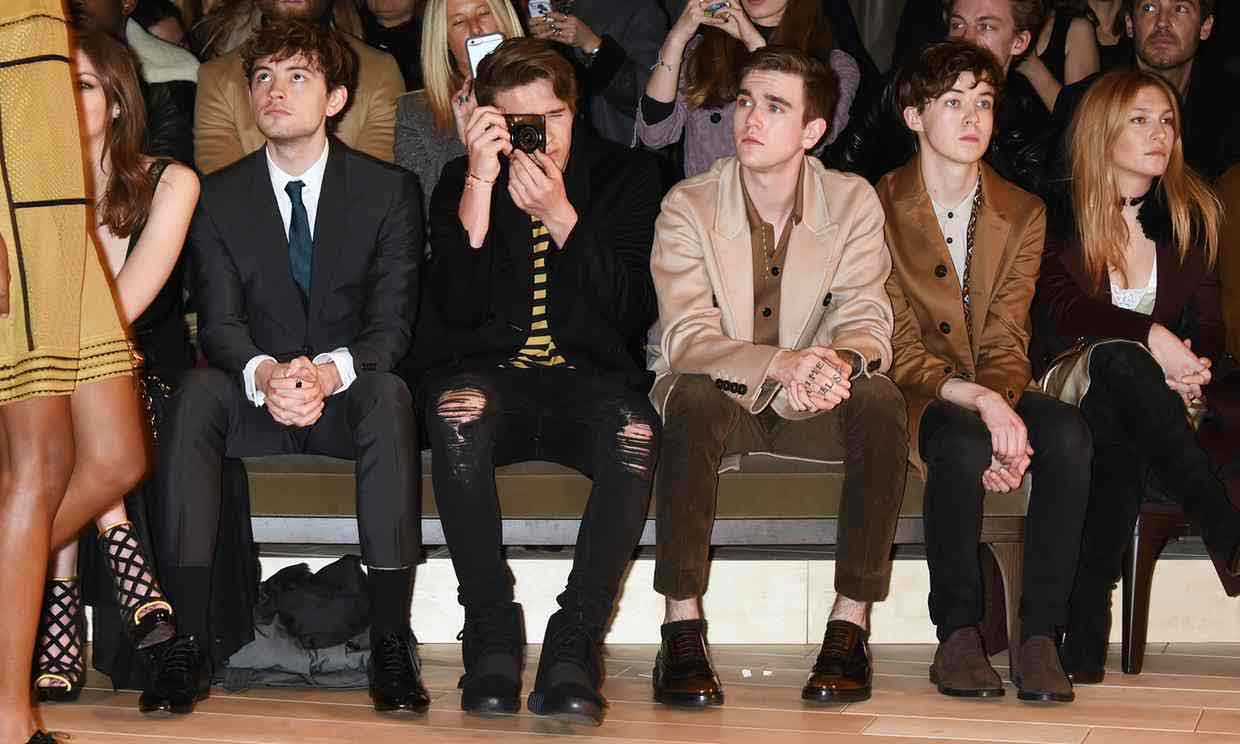FASHION INSIDER: Daryoush Haj-Najafi
 Daryoush Haj-Najafi is currently a freelance journalist based in Berlin, a host on online radio station NTS Radio and an Associate Lecturer at Central Saint Martins. Originally a student of politics and economics, previous incarnations include a Senior Editor at Complex UK and the Editor at VICE Style. Daryoush has written columns for China's Modern Weekly, thelondonpaper and Nylon Japan, and in a freelance capacity for the New York Times, i-D and Dazed&Confused. In 2014, he chaired the menswear panels at Nick Knight's SHOWStudio.com. His Twitter profile reads 'Into world changing trends, basslines, clubs, technology, thinking, dancing, Hip-Hop and economics' and he brings the same multi-faceted approach to his fashion commentary. Here's Daryoush on gender, nepotism and the rise and rise of streetwear.
Daryoush Haj-Najafi is currently a freelance journalist based in Berlin, a host on online radio station NTS Radio and an Associate Lecturer at Central Saint Martins. Originally a student of politics and economics, previous incarnations include a Senior Editor at Complex UK and the Editor at VICE Style. Daryoush has written columns for China's Modern Weekly, thelondonpaper and Nylon Japan, and in a freelance capacity for the New York Times, i-D and Dazed&Confused. In 2014, he chaired the menswear panels at Nick Knight's SHOWStudio.com. His Twitter profile reads 'Into world changing trends, basslines, clubs, technology, thinking, dancing, Hip-Hop and economics' and he brings the same multi-faceted approach to his fashion commentary. Here's Daryoush on gender, nepotism and the rise and rise of streetwear.
On getting into fashion: ‘I worked in the Bricklayers Pub [in Shoreditch] where Jonny Woo, David Waddington and Lulu Kennedy worked. On my first ever shift, Katie Grand and Luella Bartley were DJ-ing. All the staff studied at St Martins. I was always into style and aesthetics and that’s how it happened.’

On learning: ‘The idea that you learn and then go off into the world is over. Podcasts are taking us to a place where self-improvement is going to be a continuous part of what we’re doing. There’s something sexy about the idea you can continually transgress what and who you are and grow.’
On prosumers: ‘I see magazines massively interested in the idea of the prosumer, of consumers who make things. If you read NME, half the readers are in bands. And half the people who read Dazed have a fashion line or a club night. You’re getting rid of the idea of followers. It’s exciting’
On luxury fashion vs streetwear: ‘Saint Laurent moved the locus of fashion from couture to ready-to-wear and now the locus of fashion is moving from ready-to-wear to streetwear. I think that’s absolutely right. The luxury brands are going to become more like streetwear fashion. It’s going to be more about limited editions, more about collaborations, more about clothes you want. [I understand luxury fashion]; I get Telfar, Walter, Raf but, as much as I respect the business, I see through it. I know what it’s there for. Luxury fashion may be booming but it’s booming from a tiny place. What’s interesting about streetwear is that it’s found a way of selling shitloads of clothes and really talking to the culture. If you go on streetwear forums, they’re having almost exactly the same conversations as 1960s mods were having [about their clothes]. Obsessive.’
On creativity: ‘Yohji Yamamoto once spoke about how he copied and copied and copied. You’re just looking at your heroes until you’re ready to do something. That’s a good way of doing things. We idolise people doing things first - but Anna Wintour said get a job and then do something.’
On branding: ‘I always loved branding. The first magazines I ever read were car magazines which are obsessed by branding. I always want to talk more about the branding because these companies are massive. They sell dreams and that’s what I understand.'

On ‘new’: ‘It’s an optimism. Oldness represents to me everything’s that wrong with the world. Also, boredom; I just bore easily. All fashion is satire. [That’s why] Miuccia Prada does it so well. She constantly says ‘this is old, this is new’ to show everything else is old-fashioned.'
On young designers: ‘In order for them to put themselves in the cultural centre, high fashion labels need to employ artists. But artists are dangerous. So, at the moment, we’re in a phase of people employing company men and company men generally don’t understand culture. That’s partly why streetwear is doing so well - as well as young labels like Cottweiler and Craig Green. There’s a huge demand for these designers because the designers are real people with real passions. These are the Saint Laurents of today. People complain about fashion as corporate; streetwear is small operations run by the artist.’
On change: ‘I’m a futurist. I love the future. Often, a lot of genuine progress in culture is founded in technological change. When people say nothing is new anymore, when it’s regurgitating the same old opinions, no. Look to new fabrications or new modes of consumptions because of demographic change. I always think the great fashion designers are great sociologists. They see these massive changes coming and design for that. And, unless you know about politics, music, parties, you’re not going to see where the change is coming from.’

On gender in fashion: ‘Teflar is a fantastic brand for that. It’s a Bowie-ism. At first, I was a bit conservative, strangely. Many trends are gender queer but this is a bit of a fallacy in terms of shifting units so I was cynical. But I’ve realised that, when you look at history, the entire construct of masculine fashion is absurd. Men are conservative in some things because it’s self protection but there’s no fabric that’s inherently male, the skirt isn’t inherently female. Look at Rick James, look at Prince: there’s nothing to say clothes can’t be feminine [for men].’

On nepotism in fashion: ‘The club thing is a reality. When people were talking about Brooklyn Beckham being given a job in fashion [the 16-year-old was invited to shoot Burberry's latest fragrance campaign], there was all this outrage. I was thinking ‘you don’t work in the same fashion industry as I do because it’s full nepotism’. Fashion is a two-headed beast. It actually does love hard work and, in that way, it’s a meritocracy. And, because it’s so much based on freelancers, it’s one of the warmest industries to hard workers. But it also equally has a nepotistic side. There’s definite clubs - but it’s also quite easy to build your own club and then demand entry.'